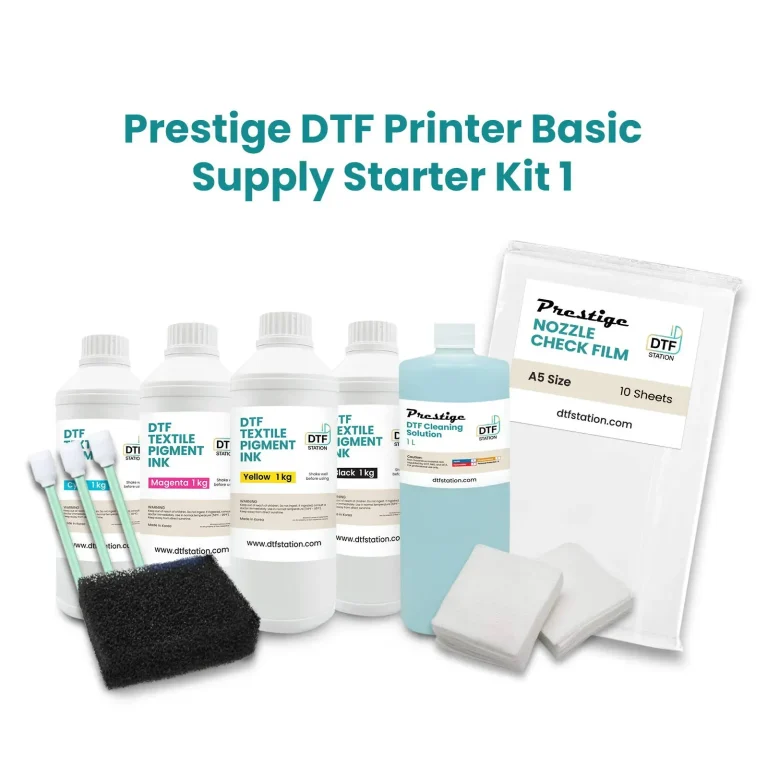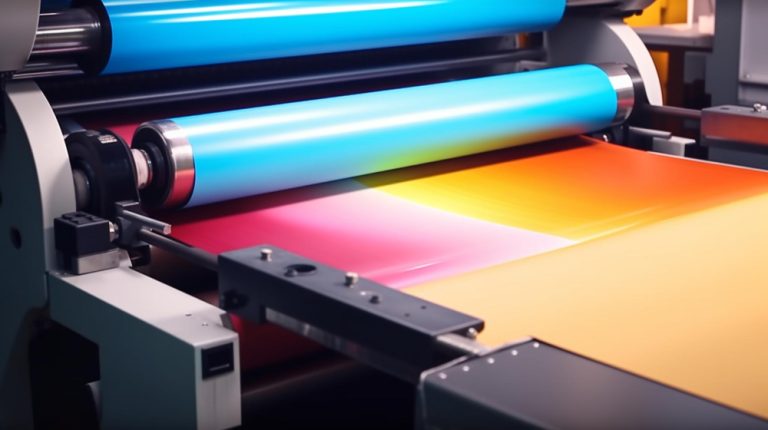DTF transfers are rapidly redefining garment decoration, offering a versatile and durable alternative to traditional heat transfers and screen printing. If you’re researching how to decorate fabrics with vibrant, long-lasting designs, Direct-to-Film printing is the technology you’ll want to explore. This introductory guide explains what DTF transfers are, how the process works, and practical tips you can use to achieve professional results. As you begin, you’ll see how the method compares with other options and what kind of supplies practitioners typically rely on. Ultimately, this approach blends digital versatility with a heat-activated bond to produce vivid, durable designs on a wide range of fabrics.
You can think of this technique as film-based garment decoration that uses a printable PET sheet to carry the design before bonding to fabric. In technical terms, the process combines digital textile printing on film, an adhesive powder, and a heat-press step to deliver vibrant results on cotton and blends. This alternative framing emphasizes the practical workflow and the role of the white underbase, curing, and proper transfer parameters. For those compiling supplies, the referenced materials include the transfer film, powder adhesive, and heat equipment that enable reliable, multi-color applications. As the body of knowledge grows, creators can compare this film-based approach with DTG, screen printing, or vinyl transfers to choose the right fit.
DTF Printing Essentials: Mastering Direct-to-Film Printing for Vibrant Garment Designs
DTF printing, or Direct-to-Film printing, works by printing a design onto a PET film with CMYK inks (and white where needed), applying an adhesive powder, then heat pressing the film onto fabric. This workflow delivers vivid, full-color transfers with strong opacity on dark fabrics and good durability across cotton, blends, and many synthetics. The technique sits between DTG and traditional transfer methods, offering digital versatility with a soft, flexible finish. Successful results start with the right DTF printing materials—quality inks, compatible PET film, and a reliable powder adhesive, plus a capable printer and a heat press.
To maximize quality, plan for color management, proper artwork setup (300+ dpi, clean separations, white underbase as needed), and testing on sample fabrics. Color accuracy benefits from calibrating your monitor and printer, soft-proofing designs, and using printer profiles designed for DTF inks. The overall workflow emphasizes understanding fabric compatibility, potential for edge curling, and the importance of curing the adhesive properly to create a durable bond.
DTF Printing Essentials: Mastering Direct-to-Film Printing for Vibrant Garment Designs (Continued)
(Note: The content under this section reinforces the core concepts of DTF printing, including how the process integrates with design workflows, the role of PET film, white underbase considerations, and the significance of consistent parameters across batches to maintain color fidelity and durability.)
(This continuation highlights practical tips for selecting compatible DTF printing materials and equipment, and the importance of ongoing testing to adapt to fabric variations and evolving ink formulations in Direct-to-Film printing.)
Frequently Asked Questions
What is Direct-to-Film printing (DTF transfers) and how do you apply DTF transfers to fabric?
Direct-to-Film printing refers to printing a design onto a PET transfer film using CMYK inks (with white ink when needed), followed by applying an adhesive powder and transferring the image to fabric with a heat press. To apply DTF transfers: 1) prepare artwork with a white underbase for dark fabrics if needed; 2) print onto the PET film (mirror or standard orientation per your setup); 3) dust the print with adhesive powder and cure it; 4) trim and position on the garment; 5) cover with a teflon sheet and press at the recommended temperature and time (commonly around 150-160°C for 10-20 seconds, per supplier); 6) allow to cool briefly, then peel the film; 7) perform a post-press if needed for edge sealing and better adhesion.
What essential DTF printing materials should you have, and what are the top DTF transfer tips for best results?
Key DTF printing materials include a DTF-capable printer with CMYK inks and white ink option, PET transfer film, adhesive powder, a curing device (hot air dryer, heat tunnel, or curing oven), a heat press, color-management software, transfer tape, and protective teflon sheets. DTF transfer tips: calibrate color profiles and soft-proof designs, test prints on similar fabrics, ensure proper curing of the adhesive powder, keep film clean and dust-free, use a white underbase on dark fabrics, trim accurately, apply even pressure and temperature, and perform post-press wash tests to verify durability.
| Key Point | Details |
|---|---|
| What are DTF transfers? | DTF transfers print a design onto a clear PET transfer film using DTF inks, with a white underbase when needed, then transfer the image to fabric with heat. The result is a vivid, full-color transfer that works on cotton, blends, and some synthetics when done correctly. |
| How DTF transfers work (high level) | Three core steps: (1) print CMYK (and white if needed) onto PET film, (2) apply adhesive powder to the printed film, and (3) press the film onto fabric with heat to transfer and bond the design. |
| Key differentiators vs other methods | DTF sits between DTG and traditional transfers. It prints to a film and uses adhesive powder, enabling easy multi-color designs and small batches without screens or direct garment printing, while offering bright colors and durable results on a wide range of fabrics. |
| Materials and equipment | DTF-capable printer with CMYK (and white), PET transfer film, powder adhesive, a curing device, a heat press, color management software, transfer tape, and protective coverings (teflon sheets). |
| Design considerations | Plan for color management, layering, and printer capabilities: use high-resolution artwork (300+ dpi), include white underbase where needed for dark fabrics, avoid oversaturated blocks, allow bleed for trimming and curvature, and validate color profiles for consistency. |
| Step-by-step guide (summary) | 1) Prepare design with CMYK workflow and white underbase as needed; 2) Print onto PET film; 3) Apply adhesive powder and cure; 4) Trim; 5) Position on garment with correct orientation; 6) Press with a protective sheet at recommended settings; 7) Cool and peel; 8) Optional post-press for edge adhesion. |
| Fabric compatibility and testing | Versatile across cotton, polyester blends, and some synthetics. Dark fabrics may require a white underbase. Always test on sample fabrics before large runs to verify color, adhesion, and durability. |
| Color management and print quality | Establish a reliable color workflow: calibrate monitors, soft-proof designs, and run test prints on the target fabric. The white ink layer is crucial on dark fabrics for opacity. Check ink levels, curing, and film cleanliness if colors look dull. |
| DTF transfers vs other decoration methods | Compared to DTG: more forgiving across fabrics and cost-effective for small/mid runs. Compared to screen printing: faster setup for multi-color designs and better suited for small batches. Compared to HTV: softer finish with high detail and gradients. |
| Maintenance and best practices | Store inks, powders, and films properly; calibrate printers regularly; clean the printer and film path; perform wash tests on sample garments; maintain a controlled environment to prevent moisture and heat exposure. |
| Troubleshooting common issues | White underbase not appearing on dark fabrics; powder not adhering or transferring; cracking or peeling after washing; colors fading or bleeding—check ink levels, curing, film cleanliness, and base underbase/print parameters. |
| Pro tips for better outcomes | Test on fabric scraps, use a consistent heat press with even pressure, keep the workspace clean, label designs with print settings and fabrics, and maintain spare consumables (films, powders, parts) to streamline production. |




